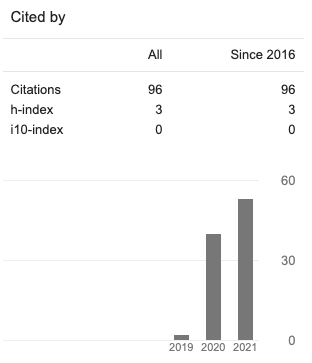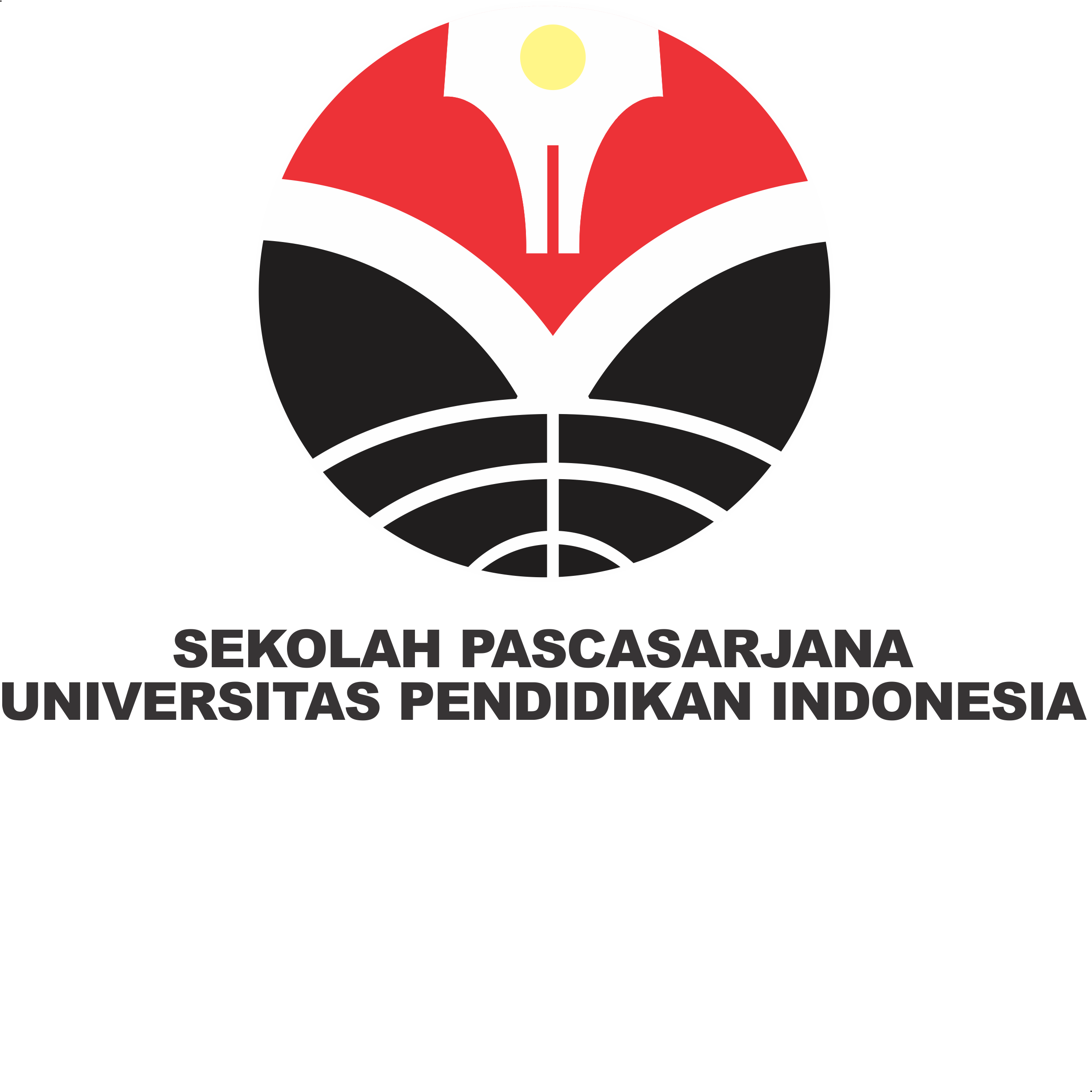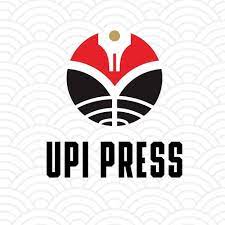Description of Mathematical Creative Thinking Ability on the Material of the Smallest Common Multiples and the Biggest Common Factors
Abstract
This study aims to describe students' mathematical creative thinking abilities in one of the state elementary schools in Bandun Regency, SDN Cilame on the material for KPK FPB using a descriptive method. The subjects of this study were 4th grade students at SD Negeri Cilame in the odd semester of the 2022/2023 school year with a total of 27 students. The instruments used in this study were essay tests to obtain data on mathematical creative thinking skills and interviews to complement and strengthen information derived from administering tests on triangular material that has been validated empirically. To see students' mathematical creative thinking skills, 4 indicators are used, namely 1) Fluency; 2) Flexibility; 3) Originality; 4) Detail (elaboration). The data analysis technique used in this study is percentage analysis. Based on the analysis of the data obtained for the indicators of fluency (fluency) of 50.93%, flexibility (flexibility) of 46.14%, originality (originality) of 33.33%, and detail (elaboration)
Copyright (c) 2023 Agung Purnama Sidik, Wahyudin

This work is licensed under a Creative Commons Attribution 4.0 International License.















